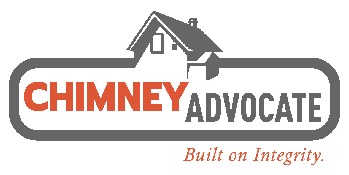Chimney Cap Installation & Replacement
Chimney caps are an essential part of your chimney. They provide protection against water leakage, sparks, and debris. They also keep critters from entering your home through your chimney and can prevent birds from constructing nests atop your chimney. Water leaking down the chimney is one of the leading causes of the deterioration of brickwork and chimney liners. Additionally, birds nesting on top of your chimney can block the chute and cause smoke and carbon monoxide to remain in your home, putting your family at risk of exposure.
A well-kept chimney flue cap can be the difference between routine maintenance and expensive repairs. Some caps can also provide some additional protection to the concrete crown on top of your chimney; however, concrete crowns can still require repair. Chimney Advocate will inspect your chimney crown prior to replacing or installing the chimney cap and can recommend and implement repair if necessary.
What is a Chimney Cap?
A chimney flue cap, also known as a chimney cap, chimney top, or flue cap, is an important protective covering installed on the top of your chimney, especially in winter. It serves as a safeguard against various potential problems that can arise within your chimney system. Made from durable materials like stainless steel or copper, a flue cap is designed to withstand harsh weather conditions and provide long-lasting protection.
The primary purpose of a chimney flue cap is to prevent unwanted elements from entering your chimney. It acts as a barrier against rain, snow, debris, and small animals that might otherwise find their way into your chimney. By keeping these unwanted elements out, a flue cap helps maintain the structural integrity of your chimney, preventing damage caused by water, animal nests, or blockages.
Additionally, a chimney cap plays a crucial role in enhancing the safety of your home. It acts as a spark arrestor, preventing stray sparks and embers from escaping your chimney and potentially igniting nearby combustible materials. This feature significantly reduces the risk of chimney fires and protects your property and loved ones.
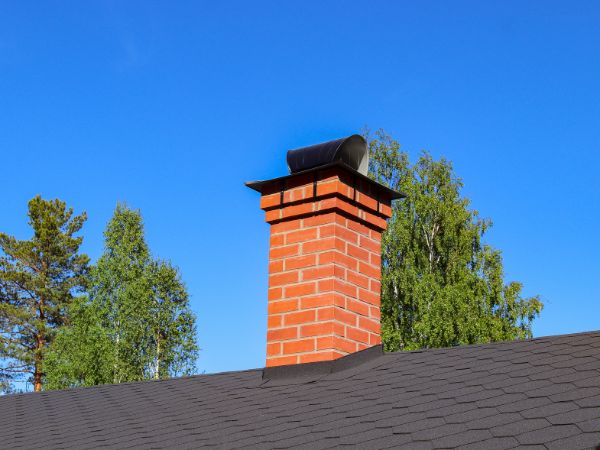
common signs of chimney cap damage
Cracked and broken chimney crowns and/or flue caps that are broken or rusted through can cause serious damage. Some common signs of a damaged chimney cap or crown include:
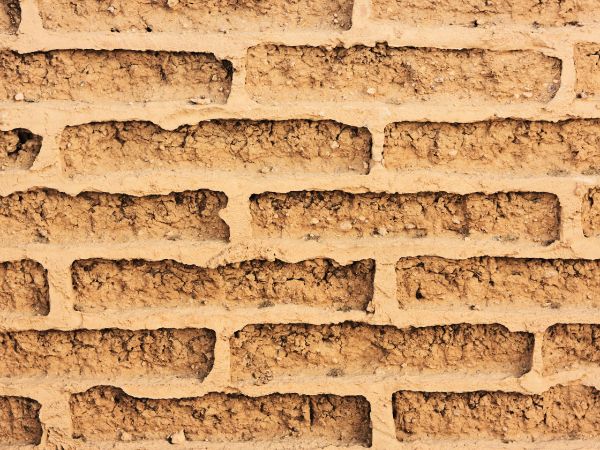
cement or mortar dust particles
When cement or mortar dust particles accumulate in your fireplace, they can appear as fine, powdery substances with a gray or off-white color. These tiny particles might resemble a thin layer or coating, often settling on the surfaces and corners of the fireplace. The dust particles can have a grainy texture, almost like miniature granules, and can be easily disturbed and dispersed with slight movement or air circulation.
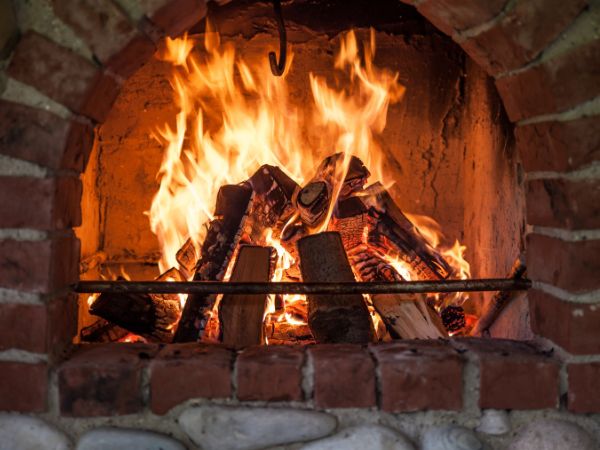
water in your fireplace
Water seepage can cause the formation of efflorescence, which appears as a powdery white residue on the surface of masonry. This crystalline deposit is a sign of moisture intrusion and can contribute to further deterioration if left untreated.
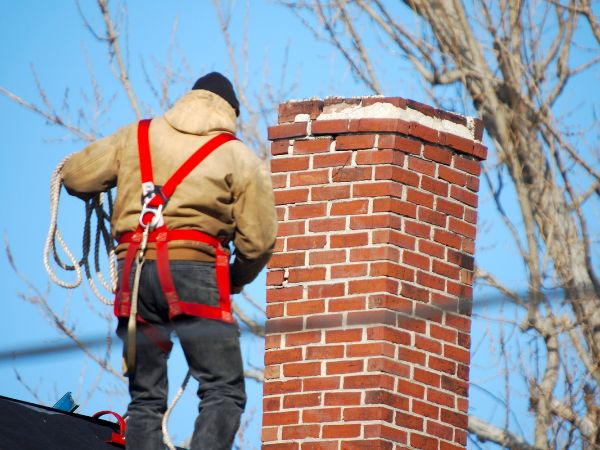
white or rust stains outside the chimney
Water stains and discoloration on the inner surfaces of your fireplace, such as the bricks, mortar, or firebox, can be apparent. These blemishes often appear as dark patches or streaks, marring the aesthetic appeal of your fireplace.

damp walls or brick around the fireplace
If water reaches metal components within your fireplace, such as the damper, grate, or firebox insert, rust or corrosion may develop. This can lead to operational issues, compromised safety, and a diminished lifespan for these parts.
Prolonged exposure to water can cause the firebox or hearth to deteriorate, leading to cracks, crumbling, or a weakened structure. Such damage can compromise the safety and functionality of your fireplace.
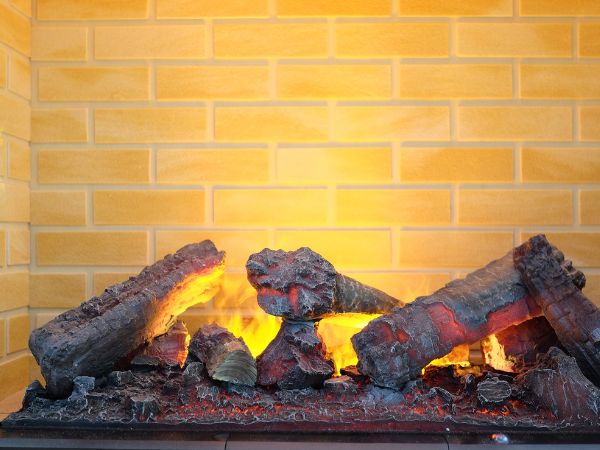
odors coming from the fireplace
Lingering moisture within the fireplace can create a damp environment conducive to mold and mildew growth. A musty odor or visible mold patches on the bricks or surrounding areas can be indicators of water damage.
It is crucial to address water damage promptly to prevent further deterioration, ensure the safety of your fireplace, and maintain its aesthetic appeal.
Consulting with our experienced technicians is recommended to assess the extent of the damage and implement appropriate repair and restoration measures.
